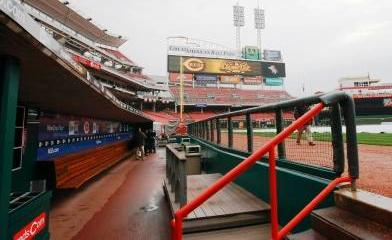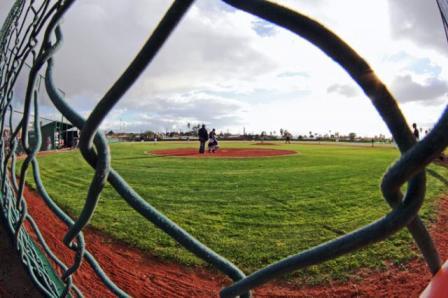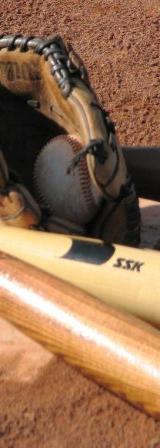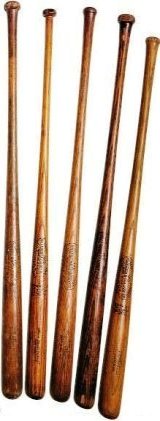 |
||
Dugout Game Management ~ The Nuts And Bolts Of Keeping Your Dugout Running Smoothly!
Dugout game management begins here, with the empty shell, becoming a bit more complex with each added element. As you look inside a MLB version, there is a place for everything, and everything will be in it's place. It is spacious and well planned. While MLB is the epitimy, and it should be, the realities of youth and amateur baseball are that they run the gammit from exceptionally well designed to life in a chicken coop. Depending upon your circumstances, it can be a real challenge to set up and maintain a functional and comfortable area to work from. You may have no option to make changes and must make the best of what is there, turning whatever it is into a positive. That is always the case when you are traveling. Sometimes overlooked, the dugout is one area which can reap big team dividends with careful prior planning. So much activity and interaction occurs in this area, it is always worth the effort to create a system and a rhythm to keep it all flowing smoothly, one that will adapt itself to any situation encountered "on the road". View From The Coop
Does the view to the right look familiar? Baseball fields were not meant to be viewed from a chainlink square. It only gets worse when the depth of the area is restricted as well. Most of the cage type structures have two ways in and out; but there are far too many which only contain one. Exceptionally hard to maintain an even and quick flow for players on and off the field. Is that important? More so than most would think. While I do understand the safety theory behind fencing off the front of the dugout, I must also add that I began my organized baseball experience in the mid 50's, there were only benches at the end of the backstop to sit on. Organizational ThoughtsOne of the main aspects of a functional environment is to keep the area in front of the seating and out to the front edge, free and clear. In some situations I have encountered, it may mean setting personal and some team gear outside, due to the limited space. This allows for a quick and even flow on and off the field. It also enables those on the bench to quickly get a helmet, bat or catchers gear if needed in a hurry. It is all about creating a game speed without interruption. What Else Can You Do With The Space?Have players designate an area to gather gloves and caps while on offense. Infielders with infielders, outfielders with outfielders. This makes it easy for players to bring gear out for someone left on base at the end of the inning. This is also a necessity to keep the game speed flowing and the atmosphere upbeat, rather than lackadaisical. The starting catcher should be the only player with gear in front of the seating. The bullpen catcher for the day can wear his shin guards, keep his glove and mask in a corner, where it is quickly available. He will need to warm up relievers, as well as catch the warmup pitches on the field, should the starter be left on base at the end of an inning. AssignmentsShagging Foul Balls
Bench Responsibilities
Game Management Tips ~ From the Dugout
While the most common situation talked about for game disruption is pitcher's not throwing strikes, or taking a long time between pitches, dugout created delays are just as disruptive.
|
 |
|
 |
||
|
| ||

